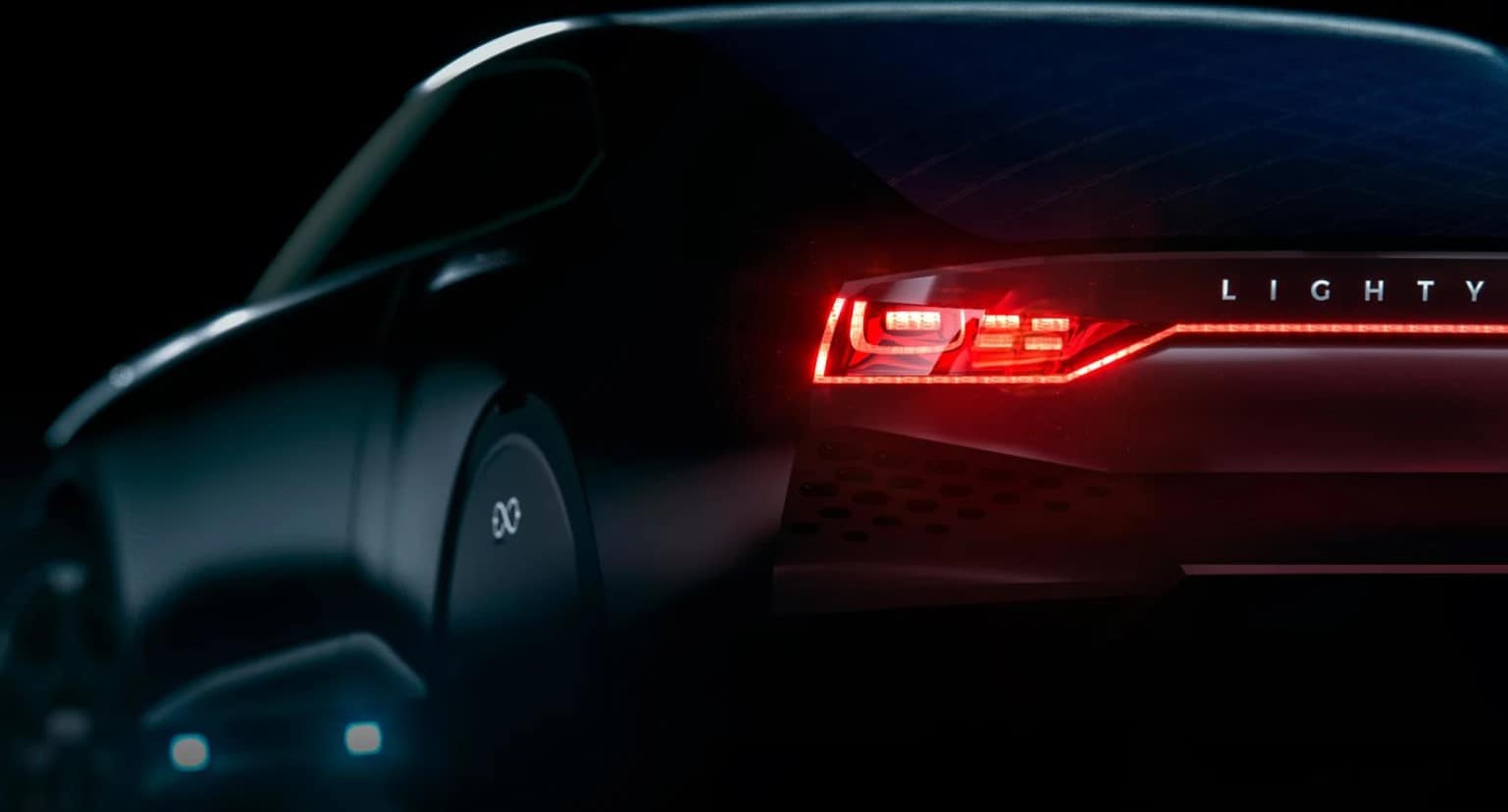The Dutch startup Lightyear’s futuristic solar-powered car, with its five square metres of solar panels on the roof and bonnet and space-age aerodynamic sleekness, can cover 70 kilometres in one charge — if the weather is good, that is.
But right now the cost of producing one — €250,000 — means it’s not commercially viable. Or not yet, anyway.
“It shows that it is possible, it serves as a technology demonstrator. But our goal is to be able to reach a mass market in three years, with a car at €30,000,” said Lex Hoefsloot, the CEO of Lightyear.
In Navarre in northern Spain where it’s been tested, the sun is generous with its rays, but the obvious question remains, what happens when it gets cloudy?
That is where the battery comes in.
“You can use the sun whenever the weather is nice to charge the battery. So the downside of power solar actually isn’t that bad when you have a battery with the car,” says Professor Gregory F. Nemet of the University of Wisconsin.
Whilst it may seem an unlikely mass-produced alternative to CO2 emitting vehicles, petrol and diesel manufacturers might have no option but to be innovative.
A recent European Parliament decision paved the way for banning vehicles with combustible engines, voting to make the production of diesel and petrol cars a thing of the past in the bloc starting in 2035.

